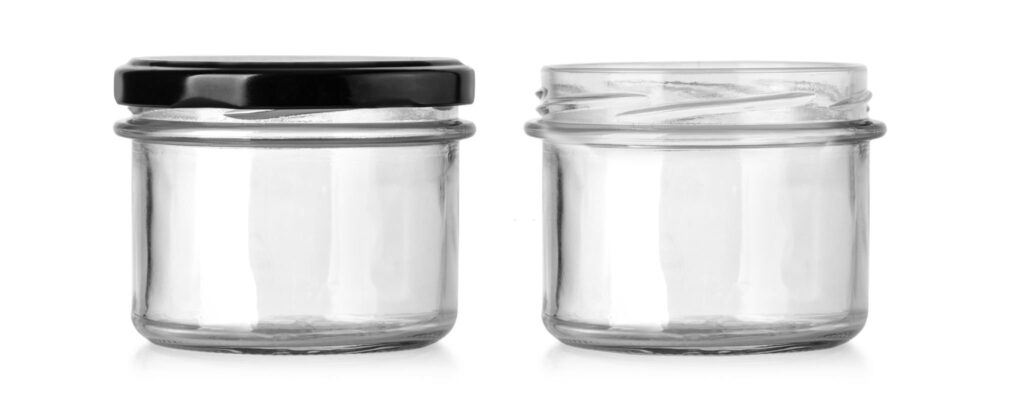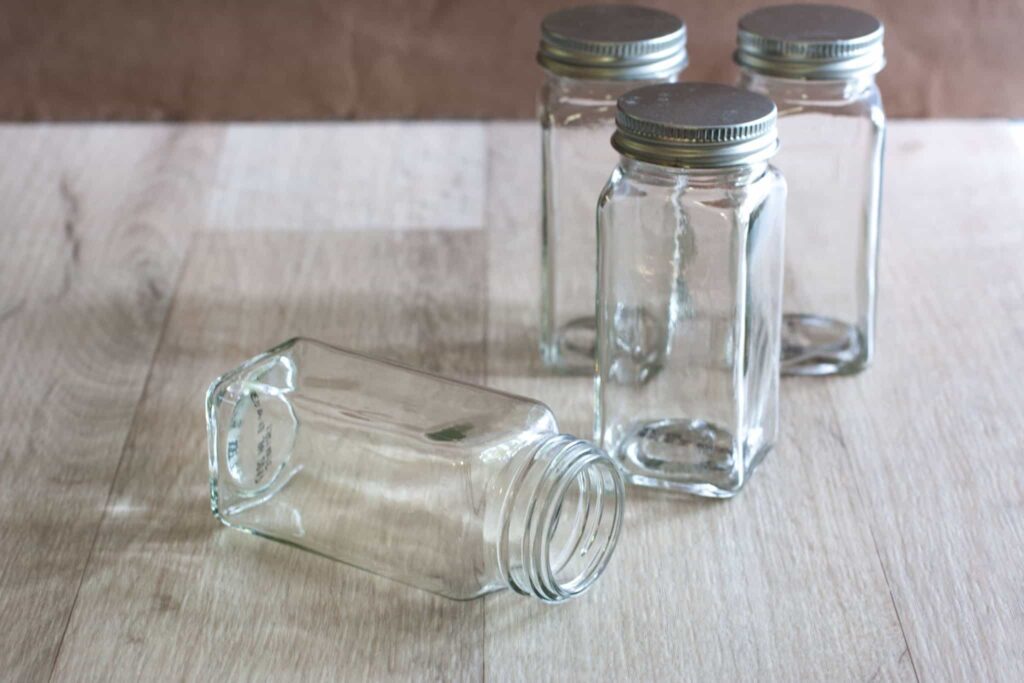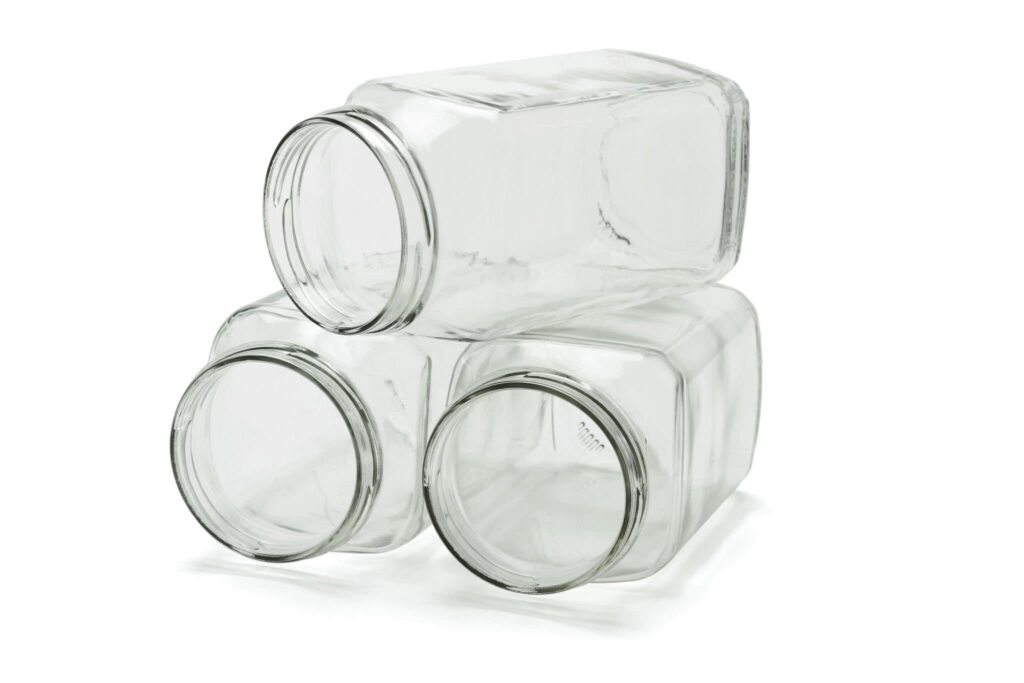In the realm of packaging, the neck finish of a bottle is more than a minor detail—it’s essential for the functionality and effectiveness of a container’s closure system. Industries like food, beverage, pharmaceuticals, and cosmetics rely heavily on choosing the right bottle finish to maintain product integrity and boost consumer satisfaction.
The term “bottleneck finish” refers to the top part of the container, designed to securely fit closures such as screw caps, pumps, or sprayers. This fit must be precise to avoid leaks, preserve contents, and protect against contamination. Common types of neck finishes include screw-thread, snap-on, and cork-style, each with specific dimensions and threading.
Key dimensions of a bottleneck, like the “T” dimension (outer diameter of the thread), the “I” dimension (inner diameter of the neck), and the “E” dimension (outermost edge diameter), are critical. These measurements ensure closure compatibility, affecting how easily closures can be applied or removed, thus impacting user experience.
Choosing the right bottle finish involves several considerations: product viscosity, dispensing method, air exposure, potential chemical interactions, and packaging aesthetics. A suitable bottle finish enhances the product’s appeal. And also ensures functionality, aiding successful packaging and distribution across multiple sectors.
Section 1 What is a Bottle Finish?
A bottle finish refers to the design and specifications of a container’s neck, where the closure is applied. This finish ensures that the closure—whether it’s a cap, lid, or stopper—fits perfectly, providing an effective seal that protects the product inside and ensures ease of use for the consumer.

Section 2 Types of Bottle Finishes
There are primarily two types of finishes that you’ll encounter in the glass packaging world:
2.1 Continuous Thread (CT)
The continuous thread finish features a helical ridge winding around the neck of the bottle. This allows for closures that screw on and off smoothly, making them ideal for multiple uses. It’s a versatile finish used widely across various products.
○ Notation Example: 38/400, where 38mm is the diameter, and 400 denotes the thread style.
2.2 Lug (Twist-Off, T/O)
The lug finish, often seen on jars, consists of several protruding lugs around the bottle’s neck. These engage with notches in the cap, allowing for a secure seal that can be easily opened with a simple twist.
○ Notation Example: 38mm T/O, indicating a 38mm diameter with a twist-off style.
Section 3 Key Dimensions in Bottle Finishes
Understanding the dimensions that define a bottle’s neck is critical for manufacturers and users alike:
○ “T” Dimension: The outer diameter of the thread. It’s essential for ensuring that the closure fits correctly over the bottle’s threads.
○ “I” Dimension: The inner diameter of the bottle neck, which must be compatible with filling equipment and specific closure types.
○ “S” Dimension: Measured from the top of the finish to the top edge of the first thread. It determines the closure’s orientation and thread engagement.
○ “E” Dimension: The external diameter of the neck, important for defining the thread depth.
○ “H” Dimension: The height of the neck finish, crucial for how the bottle interacts with the closure.
Section 4 What’s the Common Bottle Thread Sizes and Dimensions?
Common bottle thread sizes and dimensions are standardized to ensure compatibility between bottle necks and closures, which is critical for effective sealing and packaging integrity. Here are some standard sizes:
▶ T Dimension
The “T Dimension” is a critical specification in bottle design, referring to the outside diameter of the bottle’s thread. Measured in millimeters (mm), this dimension is essential for ensuring the compatibility of closures such as caps and lids with the bottle itself. The T Dimension influences how the closure fits onto the bottle. Which impacts both the ease of closure application and the integrity of the seal formed. This measurement must be precise, as even slight deviations can lead to closures that are either too loose, risking leaks and contamination. Or too tight, which can cause difficulty in opening and potential damage to the threads.
The standardization of the T Dimension is crucial for manufacturers to produce bottles and closures that can be widely compatible with various products and applications. It enables industries to have a reliable reference that ensures consistency across different production batches and suppliers. Thereby facilitating efficiency in production and logistics. The precise measurement of the T Dimension helps in maintaining quality control, preventing product spoilage, and ensuring consumer safety.
▶ Common GPI Thread Sizes
Common GPI (Glass Packaging Institute) thread sizes are a standardized system used in the packaging industry to ensure uniformity and compatibility between bottles and closures. The sizing format, such as 20/400, 20/410, 20/415, provides crucial information about the dimensions of the bottle neck and the corresponding closure.
The first number in this designation, like “20” in the examples given, refers to the nominal diameter of the bottle neck’s outer thread in millimeters. This measurement is essential for determining the basic size of the cap, pump, or closure that will fit the bottle.
The second set of numbers after the slash, like “400”, “410”, or “415”, indicates specific thread profiles or styles. These numbers describe characteristics such as the type of threads (single or multiple), their pitch, and the tightness of the seal they form.
For example:
○ 400 series typically refers to a single turn thread, suitable for a secure, but easily removable closure.
○ 410 series indicates a slightly taller thread profile, often used for products requiring a more secure closure due to the nature of their contents.
○ 415 series may suggest an even more specific thread type tailored to high precision applications needing tight seals to prevent leaks or exposure.
These GPI sizes can range from smaller threads like 18mm (such as GL18) to larger ones up to 28mm (e.g., 28/400, 28/410), catering to a wide variety of bottles from small vials to larger containers used across diverse industries. This standardization allows for greater flexibility and interchangeability among products and components within the packaging industry, facilitating production efficiency and broader compatibility in the market.

▶ Thread Style:
The thread style on a bottle’s neck plays a crucial role in how effectively a closure can seal the container. This style refers to the configuration of the thread turns—how they are cut into the neck of the bottle, which can vary significantly based on the design and the intended use of the bottle.
There are several common types of thread styles:
○ Continuous Spiral: This is the most common thread style, where the threads are a continuous helix that spirals around the neck. This style is easy to manufacture and provides a reliable seal with simple screw-on caps, making it suitable for a wide range of products.
○ Multiple-Start Threads: This style features two or more threads that start at different points on the neck. This design allows the closure to screw on faster (requiring fewer turns), which is beneficial for high-speed manufacturing processes. It also helps align the closure more accurately, which can be important for closures like pumps or sprayers that need to orient in a specific direction relative to the bottle.
○ Buttress Threads: These are designed to handle higher axial loads and are characterized by having one side of the thread profile angled more steeply. This is particularly useful for containers that must withstand the force of internal pressure, such as those used for carbonated beverages.
Each thread style has specific advantages, depending on the application and the type of seal required. The right thread style ensures that the closure fits perfectly, preventing leaks and preserving the integrity of the product inside.
▶ Specialty Sizes
In the realm of bottle packaging, specialty thread sizes like R3/20. Which is equivalent to the standard GPI size of 20/400, serves specific purposes in container design. These specialty sizes are tailored to meet unique requirements that standard sizes may not fulfill. Such as enhanced sealing properties, compatibility with particular types of dispensers, or use with specialized materials.
The R3/20 size, for instance, is often found on smaller containers that need a precise, tight seal to preserve the integrity of their contents. Such as in pharmaceuticals or high-quality essential oils. This specialty thread size ensures that the closure fits securely, minimizing the risk of leakage or contamination. It’s paramount in industries where product integrity is critical.
Specialty sizes may also feature unique thread profiles or pitches that differ from the more common GPI sizes. These variations can offer better control over the torque required to open or close the container. Enhancing user experience by making it easier to access the contents without compromising the security of the seal.
These dimensions are crucial for ensuring that the closures fit perfectly with the bottle necks, thereby preserving the contents’ integrity and preventing leaks. The precise adherence to these standardized sizes helps in maintaining product quality and customer satisfaction across the food, beverage, pharmaceutical, and cosmetics industries (Richmond Containers) (Sciencing) (The Cary Company) (MJ’s Packaging) (C.L. Smith).
Section 5 Why Do Bottle Finishes Matter?
Bottle finishes are not just about making sure the cap fits. They play a vital role in:
○ Product Safety: Ensuring that contents are kept secure from contamination or leakage.
○ User Experience: Facilitating easy opening and closing, which is critical for consumer satisfaction.
○ Compatibility: Ensuring seamless operation with bottling lines and machinery, vital for efficient manufacturing processes.
By standardizing these dimensions, as guided by associations like the Glass Packaging Institute (GPI), the industry can ensure compatibility and functionality across the board.

Conclusion
The design of a bottle’s neck is a critical aspect of packaging engineering. It might look simple, but it plays a crucial role in ensuring product safety and enhancing user experience. For businesses, understanding neck finishes and their dimensions is vital to selecting the right packaging solutions.
Neck finishes are carefully designed to ensure a perfect fit between the bottle and its closure. This fit is essential for creating a seal that protects the product inside from contamination and leakage, preserving its quality and extending its shelf life. The dimensions of a neck finish, such as the diameter and threading, are precisely calculated to match specific types of closures. This ensures that the bottle and closure work well together, fulfilling the product’s requirements and the expectations of the end-users.
Different types of neck finishes cater to various product needs. For instance, a continuous thread (CT) neck finish is versatile and compatible with many closure types, making it suitable for a wide array of products. Other specialized finishes like tamper-evident snap-on or air-tight cork are designed for specific industries, providing added security or preserving the contents more effectively.
For companies, choosing the right neck finish is a strategic decision. It affects product safety, consumer trust, and brand reputation. By opting for the appropriate neck finish, businesses can improve the functionality and appeal of their packaging. This, in turn, leads to higher customer satisfaction and loyalty. Understanding these details allows companies to meet both practical needs and aesthetic goals in their product presentations.










